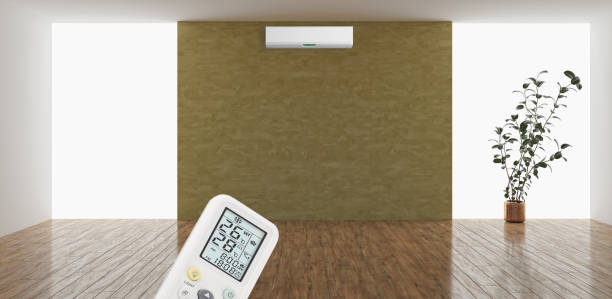With energy efficiency becoming an increasingly hot topic, many homeowners are turning to ductless mini split systems for their heating and cooling needs. These highly adaptive and versatile systems provide a flexible and efficient solution. Of all the options, the 2-zone ductless mini split is a favorite because it can heat and cool two spaces without requiring much ductwork. Here is a guide to everything you should know to get the most out of a 2-zone ductless mini split system and have it work for you for the longest possible time.
Understanding the Basics
Before installation, it will be important to properly understand how a 2-zone ductless mini split works. It is an outdoor unit to two indoor units, or it may be a two outdoor units to three indoor units type system. With multiple indoor units that function independently, each area can have a different temperature setting. This allows for improved comfort and additional efficiency savings. If you’re looking for a versatile and energy-efficient solution, a 2-zone ductless mini split system offers precise control for different spaces.
Choosing the Right Location
Where you install the indoor and outdoor units is crucial. Think about the areas that you want to consistently have climate control for your indoor units. Popular locations include bedrooms and living rooms. Thus, keep the units high up on a wall to distribute air evenly. Don’t put them near heaters or in direct sunlight.
The outside unit needs a firm, even surface. First, place it away from direct sunlight and any other objects that block airflow. Ensure the unit can be reached easily for maintenance and repairs.
Installing the Indoor Units
First, the mounting brackets for the indoor units need to be aligned horizontally so that they drain and work. Using a stud finder, secure the brackets to wall studs for added strength. After the brackets are on, cautiously fit the indoor units.
Align the refrigerant lines, drain pipes, and electrical wiring as they would be after mounting. Make sure that every joint is sealed, which means no water is wasted. Insulating refrigerant lines is also important to prevent energy loss.
Setting Up the Outdoor Unit
This is where the indoor units bring the refrigerant lines to the outdoor unit. You want to route these lines very carefully so as not to kink or damage them. After connecting them, examine any possible leakages that are blocking the method’s effectiveness.
Electrical connections are equally important. The outdoor unit needs its own circuit so it can work safely. Ensure that any electrical work is done in compliance with city codes and ordinances.
Testing the System
The most critical phase after the installation is testing the system! First, power on the entire system and then adjust the temperature of each indoor unit to a specific setting. Only test them out to ensure the units run quietly and efficiently.
This will ensure even airflow and temperature in all zones. Monitor the system for several hours for irregularities. This first round of testing catches issues before they become big problems.
Regular Maintenance Tips
Maintenance plays an important role in maintaining the system. Change air filters every few months. Check the outdoor unit for debris or obstructions that may interfere with performance.
Schedule professional maintenance annually to ensure sufficient refrigerant levels and the proper functioning of all the components. Periodic maintenance extends system life and improves performance.
Benefits of a 2-Zone System
This is why a 2-zone ductless mini split system has some benefits. Generating the option to achieve temperatures in distinct places signifies huge energy efficiency. These systems also run quietly, so they fit nicely in bedrooms and living spaces.
This advantage minimizes the energy loss and installation time due to ductwork, leading to its popularity among many homeowners. When properly installed and maintained, these provide year-round reliable comfort.
Conclusion
A 2-zone ductless mini split system can change how a home approaches its climate control. A combination of ideal spot selection, better connections, and thoroughly tested systems can lead to a more comfortable and efficient home for homeowners. It is also one of the best home climate control systems since regular maintenance enhances its longevity and is also an investment worth the money spent.
Published by HOLR Magazine.


